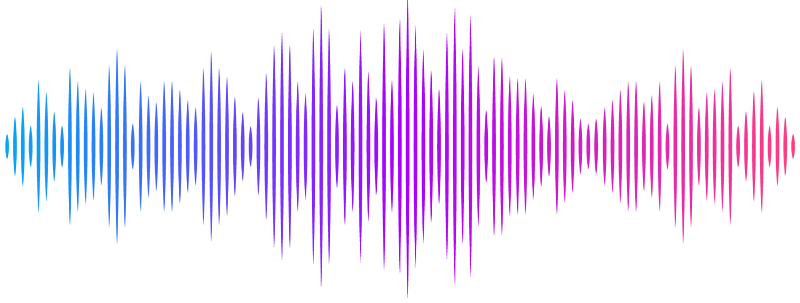Understanding the impact of blast-induced traumatic brain injury on brain cellular differentiation and mechanics at nanoscale

Understanding the impact of blast-induced traumatic brain injury on brain cellular differentiation and mechanics at nanoscale
Masud, N.; Fonder, C.; McGovern, B.; Hasib, M. H. H.; Jackson, W. J.; Resendiz, D. C.; Rivers, C.; Bentil, S. A.; Sakaguchi, D. S.; Sarkar, A.
AbstractBlast-induced traumatic brain injury (bTBI) causes significant disruptions in cellular and subcellular structures within the central nervous system (CNS) following the application of an extremely large force. The corresponding changes in biomechanical properties and cellular functionalities of neuronal and glial cells (i.e. astrocytes, oligodendrocytes) due to bTBI remain largely unexplored. In this work, controlled shockwave exposure was applied to adult hippocampal progenitor cells (AHPCs) and resultant alterations in nanomechanical, viscoelastic properties, cellular survival, proliferation, and differentiation were examined. bTBI was induced using a custom-designed compression-driven shock tube, and cellular responses to single (overpressure magnitude: 14.5 psi or 100 kPa) and double shockwave exposures (overpressure magnitude: 29.0 psi or 200 kPa) applied in two different directions (from top-to-bottom and bottom-to-top) were analyzed using atomic force microscopy (AFM) and immunocytochemistry (ICC). We observed noticeable changes in cellular mechanics, especially when exposed to a double shockwave from bottom-to-top direction. These variations were characterized by a significant reduction in Youngs modulus, surface roughness, and viscosity. Shockwave exposure from bottom-to-top direction caused pronounced actin cytoskeletal disruptions compared to top-to-bottom direction. However, ICC results showed that cell viability remained high for both cases of shockwave exposures despite mechanical changes; although the population of oligodendrocytes and immature neurons displayed significant decreases after double shockwave exposure. These findings emphasize the interplay between cellular behavior, resilience of neuronal and glial cells, and cellular nanomechanics in bTBI aftermath, leading to the development of novel therapeutic approaches against bTBI.